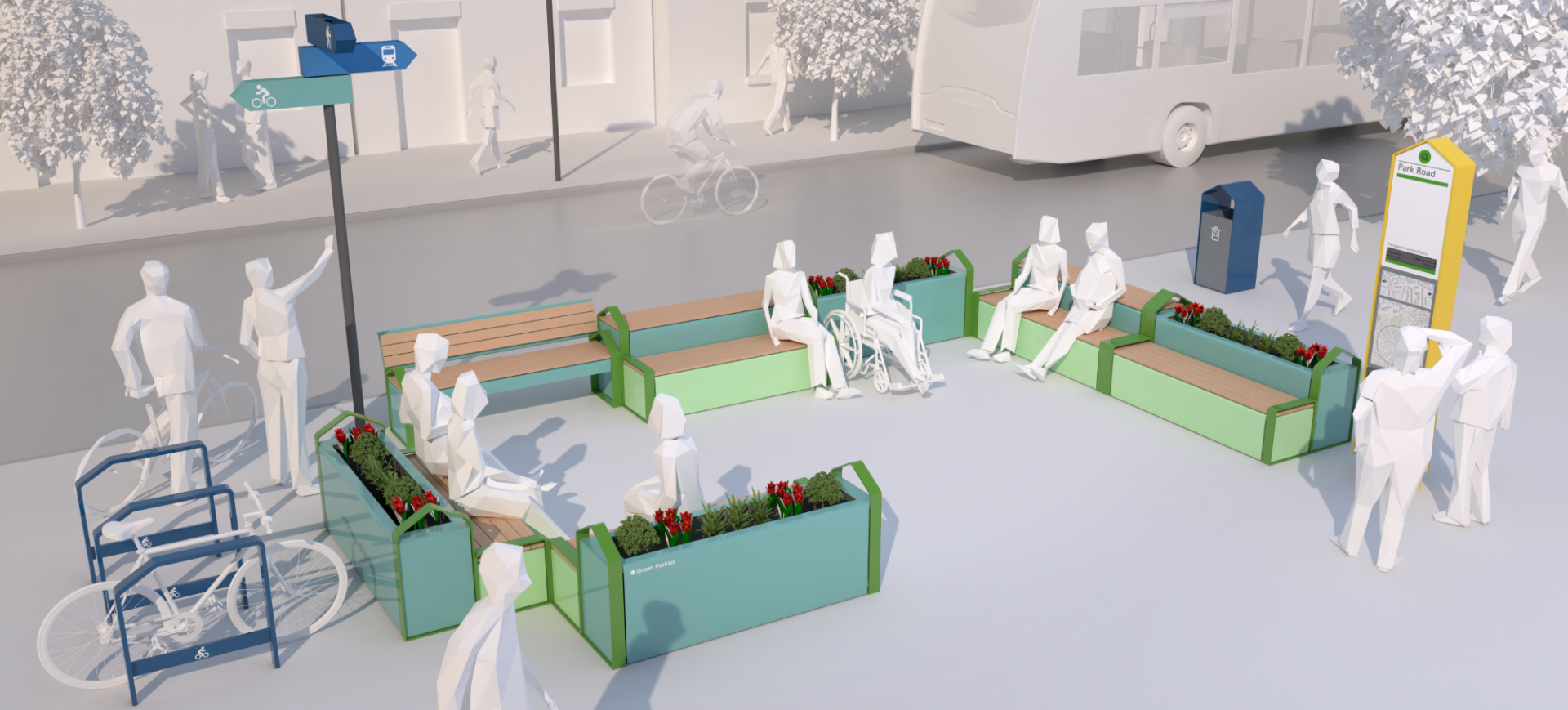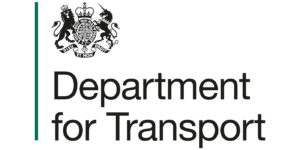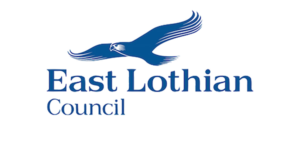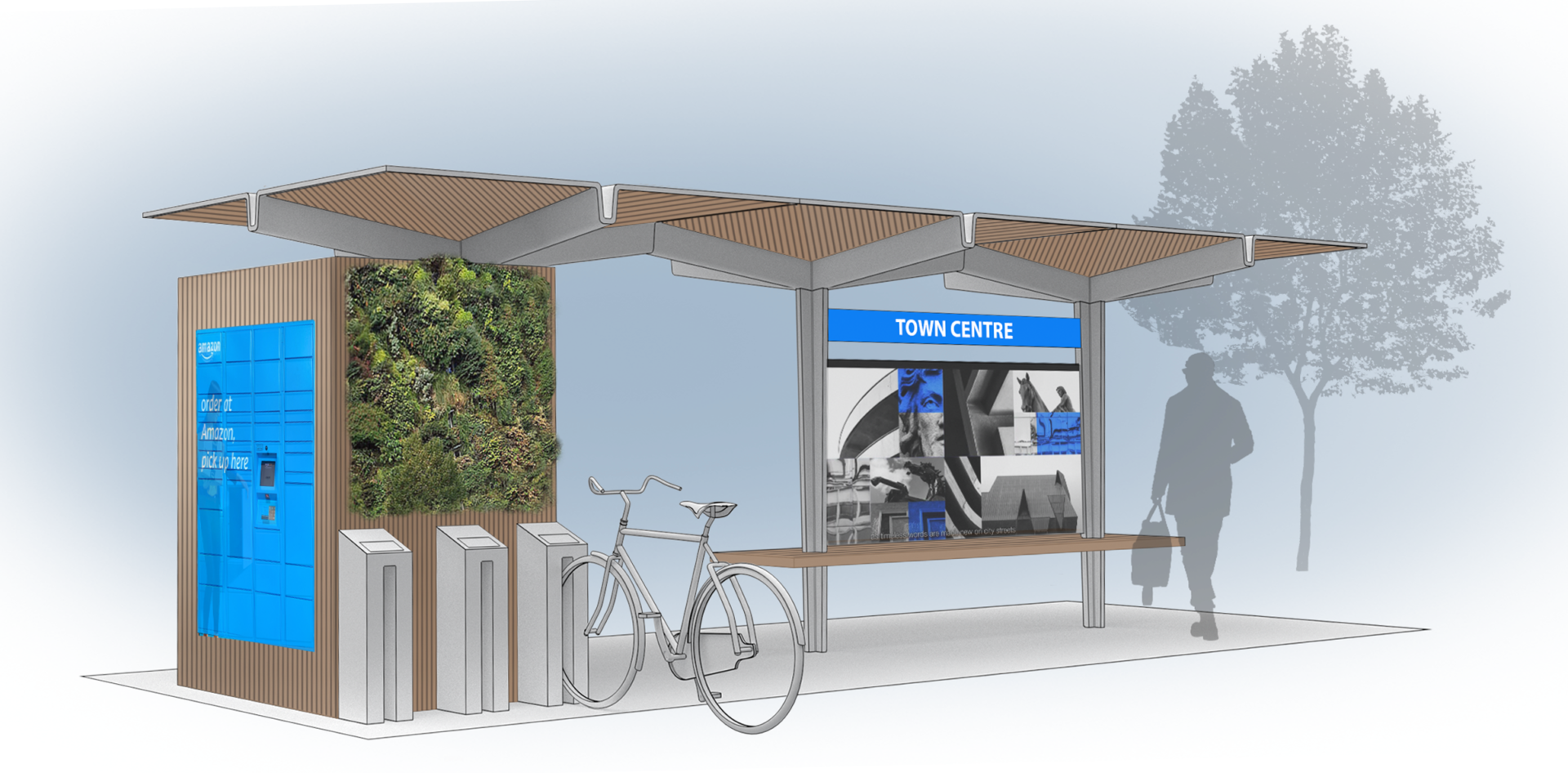
IUK East Lothian Bus Shelter
Case Study
Project Overview
IUK East Lothian Bus Shelter project is a collaborative initiative involving Quarterre, an industrial design consultancy, East Lothian Council, and Cenex. This project aims to explore the feasibility of transforming rural bus shelters into modular mobility hubs in East Lothian. It developed design recommendations and guidance for local authorities to create more effective and user-friendly transport hubs that also promote placemaking. This initiative is part of the Transport Decarbonisation Demonstrators programme, funded by the Department for Transport (DfT) and delivered by Innovate UK.
The Challenge
Local authorities face challenges in designing transport infrastructure that effectively integrates different modes of transport, particularly in rural areas. There’s a need to bridge the “last-mile gap” and encourage the use of sustainable transport options as an attractive gateway into the bus network and a modal interchange between walking, cycling and public transport while ensuring bus shelters meet the core needs of users, such as weather protection and accessibility.
Through stakeholder engagement, the project team produced final designs that provide a range of modules for all streetscapes and can be tailored to user needs like elderly and retired, commuters, young families and those with disabilities, including:
- Modular bench designs that allow larger installations to be easily created
- Range of seating options
- Wayfinding to connect locations clearly
- Designs that encourage placemaking
Bus Shelter Design Tool
Bus shelters can play a crucial role in enhancing the experience of bus users by providing protection from adverse weather conditions, ensuring adequate waiting areas to meet demand, and promoting intermodal integration with other transportation modes such as cycling. Standardised bus shelters are not always effective in addressing local needs. Therefore, to support local authorities in optimising bus shelter designs, we developed a tool that identifies site-specific parameters and design priorities. This tool generates a list of ordered design recommendations, helping to set priorities for more effective and user-friendly bus shelters.
The Development
Cenex’ role in the project involved:
- Survey design and analysis: Development and analysis of a community survey to understand user needs and preferences regarding bus shelter design and transport usage.
- Stakeholder engagement: Providing insights on how to integrate micromobility solutions, such as e-scooter parking and bike racks, into bus shelter designs.
- Modular designs: Contributing to recommendations for modular bus stop designs that can be adapted to various locations and needs, especially in rural areas.
- Guidance document and Tool development: Developing a guidance document and tool for local authorities.
The Result
The project delivered:
- A comprehensive understanding of community needs and preferences for bus shelter design.
- Design recommendations for transport hubs that accommodate stakeholder needs.
- A guidance document and tool to assist local authorities in making informed design decisions for intermodal transport infrastructure.




